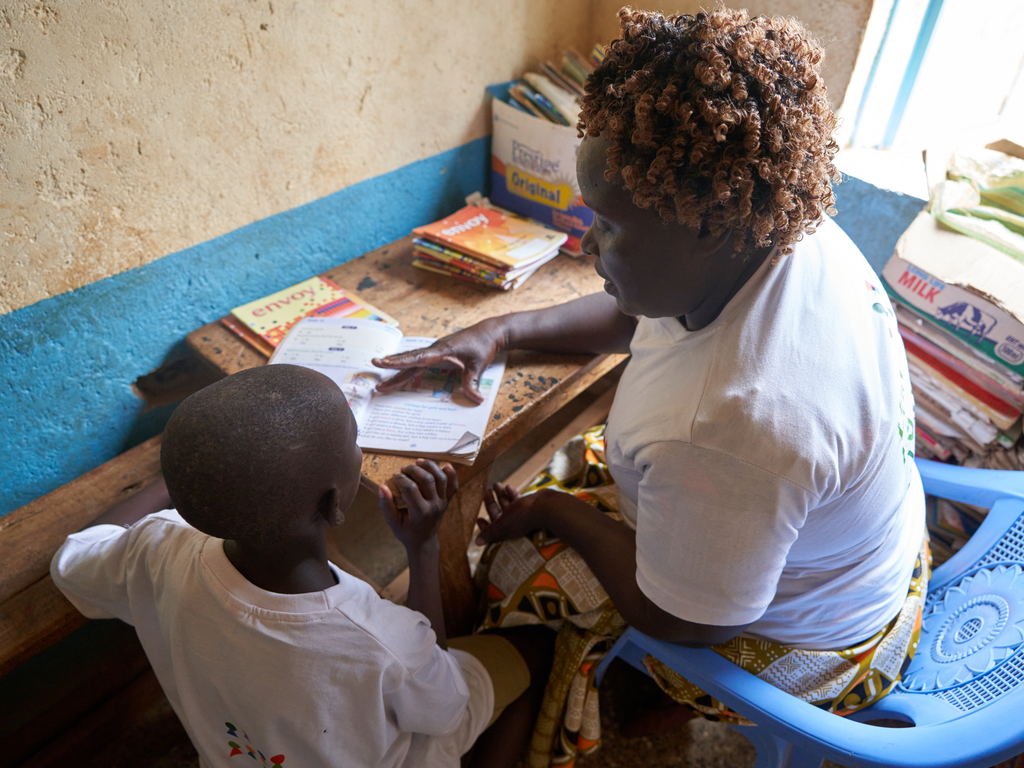
21 sad and shocking facts ahead of World Day Against Child Labour
Barriers to education, Child labour, Child soldiers, Children in conflicts, Refugees and internally displaced people, Right to education, Safe schools, Street Connected Children
June 12 is World Day Against Child Labour. So what is child labour, how many children are affected, where are they and what jobs do they do?
World Day Against Child Labour was launched in 2002 and is held each year on June 12.
There are more than 168 million child labourers aged from five to 17 around the world – down a third from 246 million in 2000. Many of them will never start school or will drop out of school. They have little or no time for play or normal childhood activities.
Child labour is classified as work carried out to the detriment and endangerment of a child, in violation of international law and national legislation. It deprives children of schooling or requires them to assume the dual burden of schooling and work.
Education is a proven strategy for reducing child labour. Lack of access to education keeps the cycle of exploitation, illiteracy and poverty going – limiting future options and forcing children to accept low-wage work as adults and to raise their own children in poverty. Children who have access to education can break the cycle of poverty at the root of child labour.
A significant number of child labourers live in countries affected by conflict, violence and fragility. Many of them will never go to school or will drop out of school.
The theme of this year’s World Day Against Child Labour is: “In conflicts and disasters, protect children from child labour.”
More than half of the children who don’t go to primary school live in countries affected by humanitarian emergencies, including conflicts, natural disasters and health crises. During emergencies, schools are often closed down and families and their children are displaced – forcing children into work to help their families survive.
The United Nations Convention on the Right of the Child says girls and boys have the right to be protected from economic exploitation and from performing work that is likely to be hazardous or interferes with their education, or that is harmful to their health or physical, mental, spiritual, moral or social development.
The Sustainable Development Goals – a set of global aims agreed by world leaders in 2015 – has a target to end all forms of child labour by 2030.
Child labourers work on farms and in fields, in factories and down mines. Some work as servants or maids, others sell goods in the streets or at markets.
Almost 60% all the world’s child labourers – 98 million of them – work in agriculture, which includes farming and fishing. Two-thirds of them work for their families for no money and often start when they are very young – usually between five and seven years old.
Child labour includes slavery or practices similar to slavery, the use of a child for prostitution or for illicit activities.
Child labour is illegal in many countries. But families and employers often hide what they are doing because they worry they will be taken to court or sent to prison. Almost 50 countries do not have laws to protect children under 18 from doing dangerous work.
Child labour among girls fell by 40% since 2000, compared to 25% for boys.
Some child labourers get paid and some don’t. Some will get no money for the work they do but will get food and a place to sleep.
The International Labour Organization estimates that 85 million children work in hazardous labour. In 2000, that number was 171 million. They work in dangerous or unhealthy conditions that could result in a child being killed, injured or made ill as a result of poor safety and health standards and working arrangements.
There are 78 million child labourers in the Asia and Pacific region – almost one in 10 children. There are 59 million in sub-Saharan Africa (one in five), 13 million in Latin America and the Caribbean and 9.2 million in the Middle East and North Africa.
There are many reasons why children work. A major one is poverty – families do not have enough money to feed and look after their children or pay their school fees, so they have to to find jobs. Businesses will often employ children because they don’t have to pay them very high wages or look after them properly.
The countries with the highest number of child labourers are Nigeria, Pakistan and Afghanistan. They have all been affected by conflict for many years and have high out-of-school populations.
An event in Geneva on June 12 will feature the testimony of a young advocate from Lebanon who was in child labour, a reading by the young world-renowned poet Emtithal Mahmoud and a performance by local school children.
Events will also be held in many countries around the world, ranging from policy discussions involving government ministries and UN agencies to community-level activities involving children and their families.

More news

Teacher helps Harrison move from life on the street to success at school
